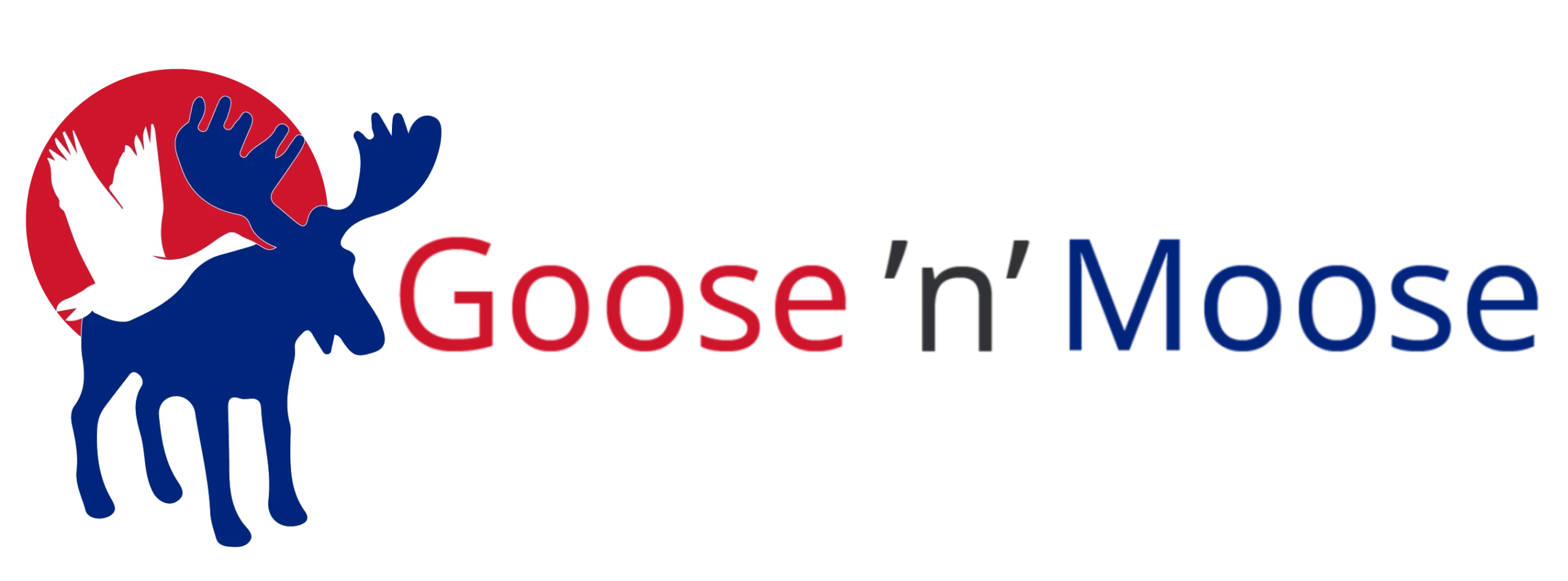2020 is coming to an end and it’s time to take a look at what 2021 will bring to search optimisation.
To ensure that your website, and business, are ahead of the curve, we’ve compiled an overview of everything you need to know.
Here is what we’ll cover in this article:
- Data – their importance in your marketing plan
- Semantically-related keywords – what they are and how you should use them
- Your content size – which should not be dictated by the number of words
- Markup – the new ranking factor most companies are missing
Collecting and analysing data should become your number one priority
A simple Google Analytics (GA) integration is no longer enough to get a clear picture of how your marketing efforts are helping your business. The basic tools that you get access to after implementing GA are great for viewing how individual pages are performing and not much else.
In 2021 you need to have a detailed overview of your website’s traffic. Data from the website should show how your visitors find your website, which pages they discover first, how they move through your website, and how much they interact with it.
To get this data you have to set up additional tools that GA provides such as:
- Goals
- Events
- Marketing funnels
- Channel attribution
Integrations with other tools like Google Search Console and Google Tag Manager will also need to be implemented.
Once you have these up and running you will understand exactly what is working for your users and what’s not. This is way better than simply following general tips and tricks.
This way you can tailor your website to users’ needs and send positive signals to search engines, such as Google, that your resources are important in the eyes of users.
Semantically-related keywords are the new keyword category you will have to pay attention to
Short-tail keywords (also called ‘seed keywords’) and long-tail keywords are the two keyword groups you should already be paying attention to.
Both are easily distinguishable and easy to understand. A short keyword would be “dog collars” and a long tail keyword would be “dog collars for big dogs”.
Semantically related keywords are a bit harder to pinpoint. A semantic keyword for “dog collars” would be “dog walking guide” or “how to walk a dog”. Instead of being an extension of the short-tailed keyword, a semantic keyword is topically relevant.
In our example with “dog collars” the keyword “dog walking guide” is semantically related because in most dog walking guides there are sections that refer to the type of collar used and its proper placement.
Since there currently are no tools that just provide a list of semantic keywords it’s up to the subject matter experts to figure out these keywords.
Your blog article length should correspond to the needs of the reader
A while ago the marketing community saw that longer articles get higher Google rankings. Shortly after, it became the industry standard to write articles that are at least 1,000 or 2,000 words long.
However, usage analysis paints a different picture. Search engines preferred these long articles, but users simply don’t have the attention span or time to read these content pieces. Most would simply scan through the headlines of the articles and read only the sections that caught their attention.
Google is aware of this and while we definitely won’t see a return to the 200-300 word articles of the early days of digital marketing; publishing large articles without a reason is a waste of resources.
To find the balance between size and user experience companies will have to properly evaluate how thorough their articles need to be and what is the standard in their specific niche.
Make sure that your articles provide enough information to the user so that it answers their query but don’t bloat them with excessive information to simply hit a word count. This will worsen the user experience and confuse search engines on the topic of the article.
Schema markup is quickly becoming one of the top ranking factors
To put it simply, Schema markup is a type of meta-information that lives inside a page’s source code and is only visible to search engines.
The importance of implementing this data in your website’s back-end comes from the fact that schema markup is designed specifically to help search engines understand the contents of the page they are crawling and easily categorise it.
Without it, search engines will try to guess exactly what your article is about, who wrote it, and when it was published. This process is unpredictable and can lower the overall performance of your pages.
Schema markup is also essential if you want to rank for featured snippets that appear at the top of search results(this term is also referred to as ranking for position zero) and are usually the first thing users click.
The other massive benefit to schema markup is that it’s used by Voice assistants (Alexa, Bixby, Ciri, Google Voice Assistant) to quickly fetch information from your website and provide it to users.
With the ever growing popularity of voice assistants and voice search, this is something that your business cannot ignore if you want to keep it relevant.
Need help with implementing any of these techniques on your website?
Now that you are aware of the latest and greatest trends in SEO for 2021 you should start thinking about how you can implement them for your business.
Don’t hesitate to contact us if you need assistance with any of the above. We’re here to help and guide you on your journey to digital marketing success.
